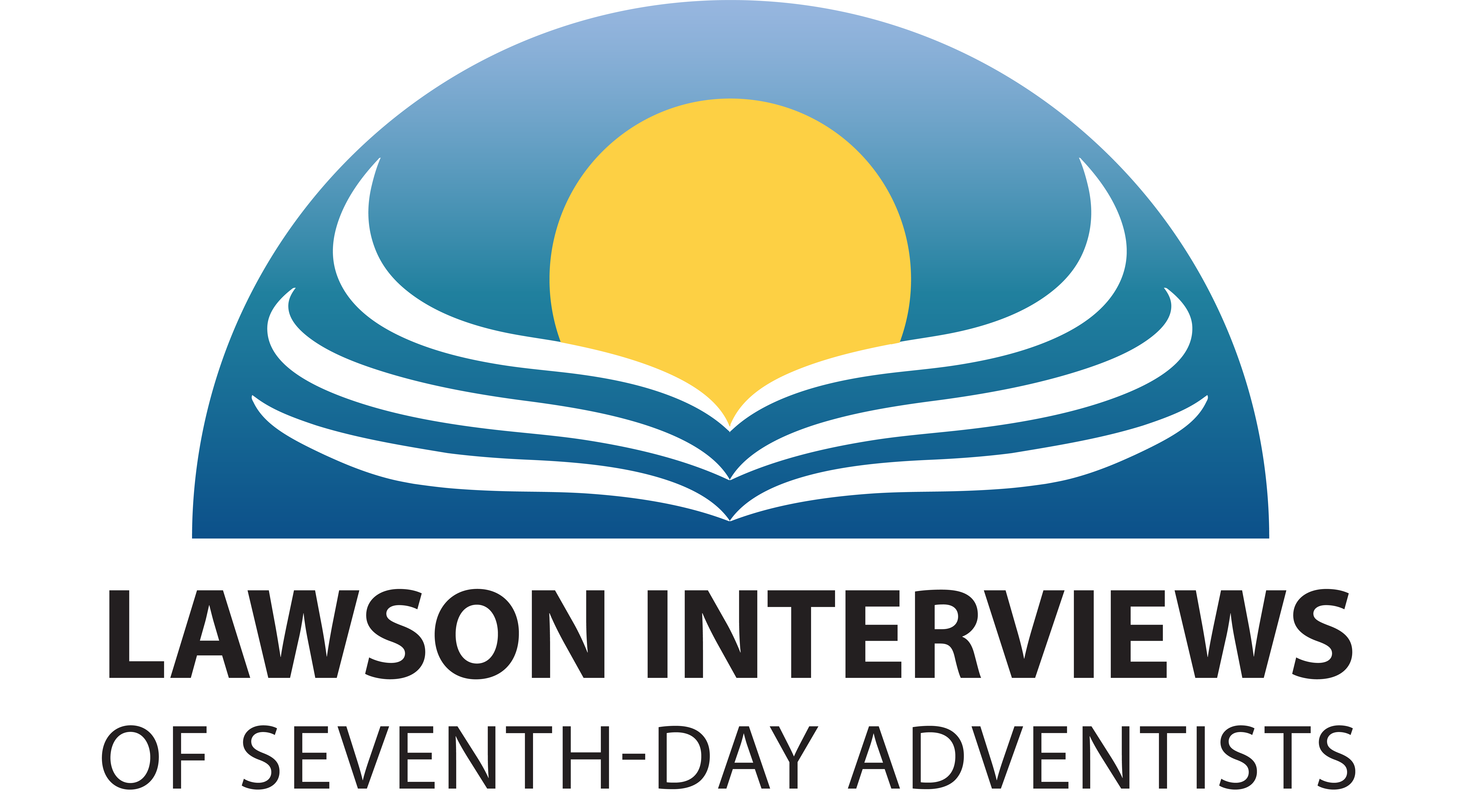Dr. Ronald Lawson’s second international trip had begun in Africa in December, 1988. The next leg took him across Europe by train and airplane in the Spring and Summer of 1989, just before the fall of communism. Dr. Lawson continued his research, interviewing Seventh-day Adventist employees and members, with the assistance of his companions Scott Wager and Obed Vazquez. They felt safer traveling as a group, and made their way through Europe primarily by train and airplane.
Follow Lawson as he travels across the globe using the interactive map below!
Immigration had created significant tensions within Adventist communities in Europe, as the arrival of those from current and former colonies, particularly the West Indies, between 1947 through 1970 shifted church demographics. This led to changes in worship styles and concerns about losing control over their congregations. In London, the couple Dr. Lawson stayed with had been active leaders in their church for years until it became dominated by migrants. At first, the whites welcomed migrants, who were content to worship English-style. As the West Indians became a majority and expected more representation in church leadership, however, some white Adventists changed churches and Dr. Lawson learned that some even fled to Australia.
In France, the relatively small Adventist membership became dominated by immigrants, and although the West Indians in the church were still underrepresented in leadership positions, tensions were still at a low simmer because white pastors made them feel more welcome than the general French population. In the Netherlands, members of the more liberal white churches feared that the growth of immigrant membership would make the church more conservative. For this reason, the Dutch agreed to employ West Indian pastors under the condition that they be trained at European seminaries. Decades later, some church leaders in Europe have issued apologies for past prejudicial treatment.
In 1950s Europe, more than 10% of Adventists lived in Germany or Romania. By 2020, immigration led to a larger proportion of Adventists living in the British Isles, France and Spain.
Under Communist regimes, Adventist churches faced government control, surveillance, and persecution, which heavily impacted relationships with their congregations. As he proceeded through Eastern Europe, Dr. Lawson witnessed varying relationships between the church and their communist governments. In Hungary, they found a church that had split over the extent to which the leaders were cooperating with the Communist regime in terms of theological education. In Poland, the church had, in Dr. Lawson’s words, “toadied to the regime in all sorts of embarrassing ways.” In return, the church had been privileged by the regime in such matters as permitting evangelism and a large quota of paper that allowed it to publish widely. These privileges were the result of its willingness to publish attacks on the Catholic Church, the regime’s major opponent.

In Romania, Adventists reported to Dr. Lawson that church leaders were close to the Communist Party and sent their children to school on the Sabbath and urged members to do likewise — something which deeply offended many of the members there. The top administrators in Romania tried to ensure that Dr. Lawson would not learn unsavory information. They insisted on serving as the sole translators for the interviews, which scared the interviewees from speaking freely. However, Obed found a seminary teacher who had trained in America and was willing to act as translator for other interviews completed at night. These revealed the real issues facing Adventists in Romania. When Dr. Lawson and Vasquez were on the train leaving Romania, they found their computer bags had been rifled though and the floppy disks containing their Romanian interviews stolen.

In Czechoslovakia, attempts by the government to control the church caused tensions that were ultimately resolved by a neutral president who successfully united the church and negotiated with the government to maintain autonomy. Although the church in East Germany had an appearance of independence, it was intensely surveilled. Groundbreaking research by a historian at the Adventist Friedensau University found abundant evidence in the Stasi files that pastors served as informants to the secret police. The church in the USSR had faced severe challenges earlier, including imprisonment of pastors and closure of its central organization in the 1960s. Under Gorbachev, the situation improved vastly. Adventists were permitted to create a seminary and a publishing house there, but tensions persisted between members favoring state cooperation and those advocating for a more independent church.
In our next post, we will detail the final leg of Dr. Lawson’s 1989 trip, when he visited India and East Asia.
- Image available from Wikimedia Commons ↩︎
- Image available from Wikimedia Commons ↩︎

Leave a Reply